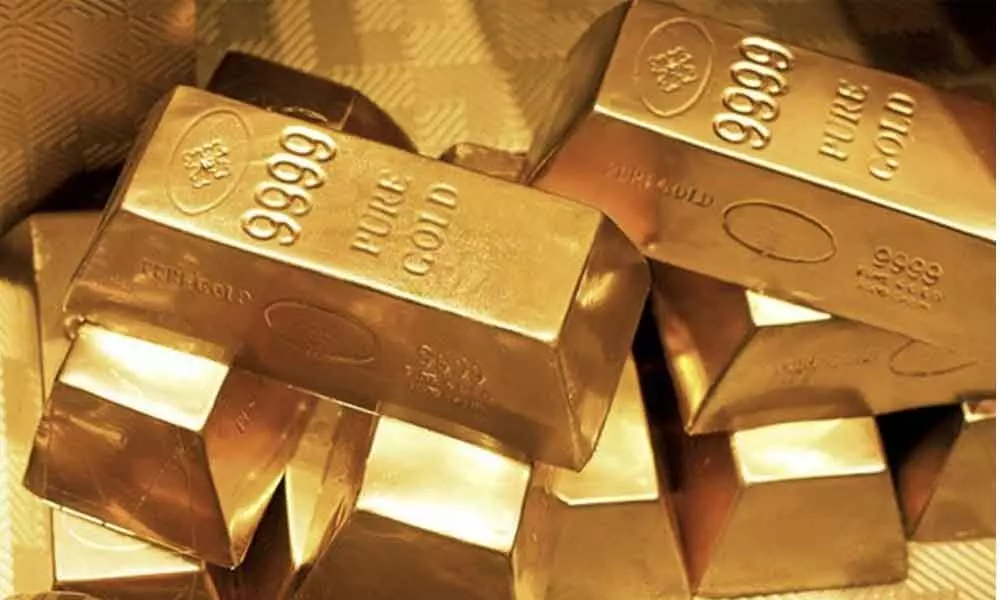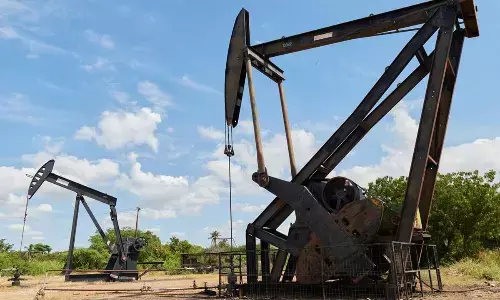Gold dilemma: rising prices, falling sales

In classic economics, the price of a commodity or product should fall whenever sales decline. The explanation is simple. Fall in sales means there is no demand for that particular product.
In classic economics, the price of a commodity or product should fall whenever sales decline. The explanation is simple. Fall in sales means there is no demand for that particular product. When there is no demand, price should come down unless a minimum support price (MSP) is on offer from the government or an artificial demand is created by producers by forming a cartel. But gold, the most precious metal, is defying this basic economic logic these days thanks to the ongoing Covid-19-induced global economic crisis.
In its recent report, World Gold Council (WGC) said global gold demand fell by 11 per cent to 1,016 tonne during April-June 2020 from 1,136.9 tonne in the same period a year ago. The demand for gold jewellery took a much bigger hit. Jewellery consumption was down by a higher 53 per cent worldwide to 251.5 tonne against 529.6 tonne a year ago. In India, the world's second biggest consumer of gold after China, demand for the yellow metal during April-June 2020 was down by a whopping 70 per cent to 63.7 tonne from 213.2 tonne a year ago. This is the second lowest gold consumption in a quarter in India after the first quarter (January-March) of 2009 when the demand for gold in India nosedived to 40 tonnes due to global recession then. Further, demand for gold jewellery also came down by 74 per cent to 44 tonne during three months to June 2020. This data reaffirms the popular assumption that demand for gold in India comes mainly from the jewellery segment.
As the WGC numbers show, the demand for gold came down drastically in the last few months. But gold prices paint a divergent picture. International gold spot price rallied 22 per cent to nearly $2,000 per ounce. In India, spot gold prices went up by over 40 per cent while gold futures jumped 35 per cent so far in this calendar year. The higher rise in prices in India is on account of rupee depreciation though. On Monday, gold quoted at Rs 54,678 per 10 gm. But why gold prices are skyrocketing even though sales have nosedived worldwide? The answer is simple. The yellow metal has become a safe haven for investors now as the global economy is going through a deeper crisis triggered by Covid-19. WGC data showed that total investment demand globally for gold doubled to 583 tonne during April-June this year from a low of 295 tonne in the same period a year ago.
But investment flow into physical gold like bars and coins was down 32 per cent while gold-backed ETFs (electronic traded funds) attracted massive investments to the tune of 434.1 tonne, a 300 per cent jump from the year ago period. Therefore, investments into gold ETFs and similar products are driving the rally in gold prices, not the consumption. But will gold prices continue to glitter post-Covid-19? There are ample chances of gold prices going down globally. But that may not be true in India as gold prices are linked to rupee's behaviour. If the Indian currency further depreciates against greenback, Indians are unlikely to benefit from the price fall in global markets. Anyway, divergent trends in gold price and demand may not last long. That's for sure.
















